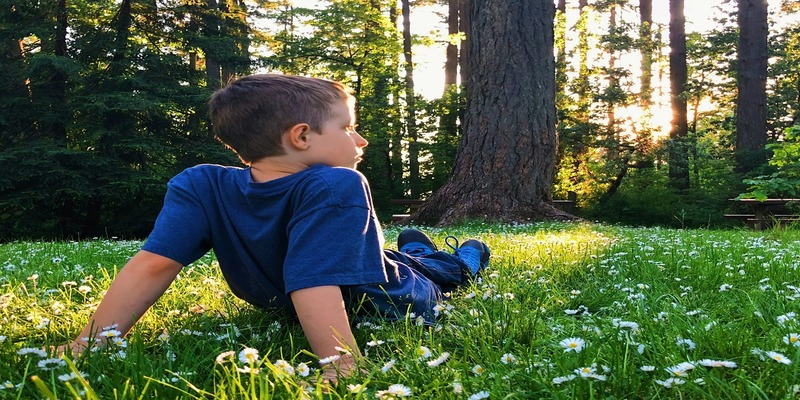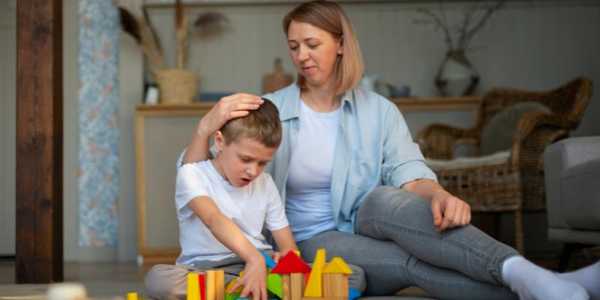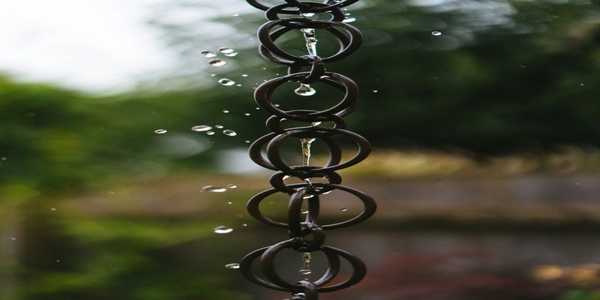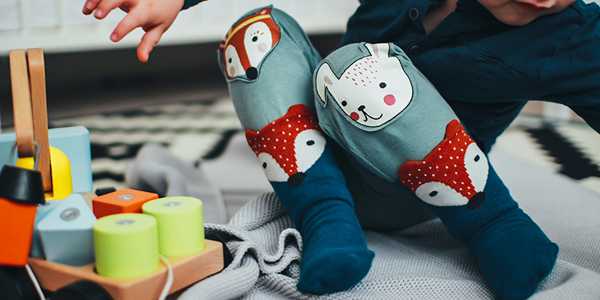Tips and Tricks to Get A Discount in Disney
Best Airline Rewards Programs for 2024: Enjoying Travel Perks
7 Best Vegetables to Overwinter in Your Garden
What Is Rain Chain: The Stylish Alternative To Downspouts
Inner Child Work – A to Z Guide for Healing Your Childhood Traumas
What Is Spirituality? Exploring Its True Meaning
8 Powerful Strategies for Positive Discipline In Toddlers
Parenting is a technical endeavor; the integral aspect of parenting is instilling in your child the importance of acceptable behavior. To succeed in your quality parenting quest, you need time and patience. Learning positive forms of discipline, though, can only help. Guidance and instruction are key. Remember! Punishment is not discipline.
Parenting is a technical endeavor; the integral aspect of parenting is instilling in your child the importance of acceptable behavior. To succeed in your quality parenting quest, you need time and patience. Learning positive forms of discipline, though, can only help. Guidance and instruction are key. Remember! Punishment is not discipline.
Therefore, when you establish a stable attachment with your child and teach them to behave appropriately in a variety of situations, they will be able to manage their emotions, speak clearly, build healthy relationships, solve problems, learn new things, and progress at their own pace. Ultimately, you are laying the foundation for discipline. There must be a system of punishment that is both fair and consistent. Take into consideration that your children will find it confusing if you display inconsistent behavior when faced with the same circumstances or responses.

Why Is Positive Discipline Necessary?
Every parent must understand that the goal of using positive discipline is to create a setting where children can learn and develop in an atmosphere that promotes understanding, acceptance, and teamwork. One major difference between negative and positive discipline is that positive parenting focuses on teaching rather than controlling or punishing.
This approach helps a youngster develop empathy, problem-solving skills, and self-control, among others. Building a trusting relationship with your child is vital, as is creating an environment where they feel safe enough to open up and share their feelings. Encouraging children to reflect on their actions and grow from their mistakes while setting clear and suitable expectations is the core of positive discipline. It is more vital to teach children how to improve for the future rather than to criticize their errors. This is how your children learn self-control, responsibility, and the value of making good decisions through this approach.
Belonging to a loving and supportive group, children are motivated to make wise choices in a constructive and structured environment. It's the best method to instill lifelong, valuable discipline in children.
8 Powerful Strategies for Positive Discipline In Toddlers
It is highly suggested that children embrace healthy, positive discipline practices that support their growth and self-control. Some powerful positive discipline methods include:
1. Present and Explain
Teach children right from wrong with calm words and actions. Please do what you want your kids to do and be an example to them.
2. Set Limits
Make sure your kids know and can easily follow the rules you set for them. When you explain these rules to them, make sure you use age-appropriate language.
3. Determine consequences
Explain the consequences of their behavior calmly and firmly. For example, If she persists in not picking up her toys, you might threaten to put them away for the day. Prepare to take swift action. Refrain from giving in and taking them back after a short while. Note: You should never deny your child food or any other necessity.
4. Pay attention to Them
You must pay close attention and wait until your child finishes the story before offering to help solve the problems. For instance, if your child is acting out in a pattern that could indicate jealousy, you should keep an eye out for it. Have a conversation about it with your kid rather than just punishing them.
5. Make Sure You are Attentive
The most effective tool of discipline is attention, which may be used to encourage good behavior and punish bad. Remember that your little one needs your complete focus
6. Teach them To be polite
Children benefit from both positive and negative feedback. Be sure to acknowledge and applaud the right moves, achievements, and endeavors. For instance, you could say something like, "Wow, you did an excellent job putting that toy away!".
7. Ignore Sometimes
Ignoring some behavior can be a powerful tool to curb it; as a parent, you must not complain or scold your champ all the time, especially if your child isn't engaging in harmful activities and receives enough praise for good behavior. Sometimes, you need to disregard a child's wrongdoing and teach them the importance of doing the right thing.
8. Take a Break
When a rule is disobeyed, a time-out can be highly effective. The best way to apply this sort of punishment is to threaten a time-out as a consequence of the child's continued misbehavior. Afterward, calmly explain the child's mistake and remove them from the setting for a designated amount of time, often one to five minutes for every year of age.
It's recommended that children take the lead during their time-out rather than use a timer. The advice to "take a break and come back when you're ready and in control" is straightforward. This strategy can assist children of all ages learn to manage their impulses, including older adolescents.

How To Set Up a Workable System of Discipline to Support Your Child's Growth
Quality and effective positive discipline are crucial for children's growth and development. When parents and teachers modify discipline tactics based on the child's age and developmental stage, it creates a healthy learning environment and promotes proper behavior.
Instead of punishing children, the purpose of discipline should be to teach them and guide them. The majority of pediatricians hold the view that physical punishment is never acceptable because it's a form of abuse, and when children get used to physical punishment, they rebel or cause trauma, according to popular research. Many people think that spanking can have harmful consequences, and the majority of kids feel the same way. Positive discipline that incorporates the law of attraction and open communication can instead foster an environment where children, parents, and teachers all respect and trust one another.
As a parent or teacher, it's in your power to make a positive impact in a child's life by using simple yet constructive discipline. Always try to understand what your child needs, communicate with them often and clearly, and set acceptable expectations.
The Best Positive Discipline In Toddlers
It's everyone's responsibility to make sure kids are loved, sheltered, and supported so they can learn as they grow. To have a world full of responsible adults, Parents must include these strategies for positive and practical discipline in their daily routine.
Parents need to stay positive and understand that their children's tantrums are temporary. When their child acts obstinate, it's a good reminder to do tricks.












